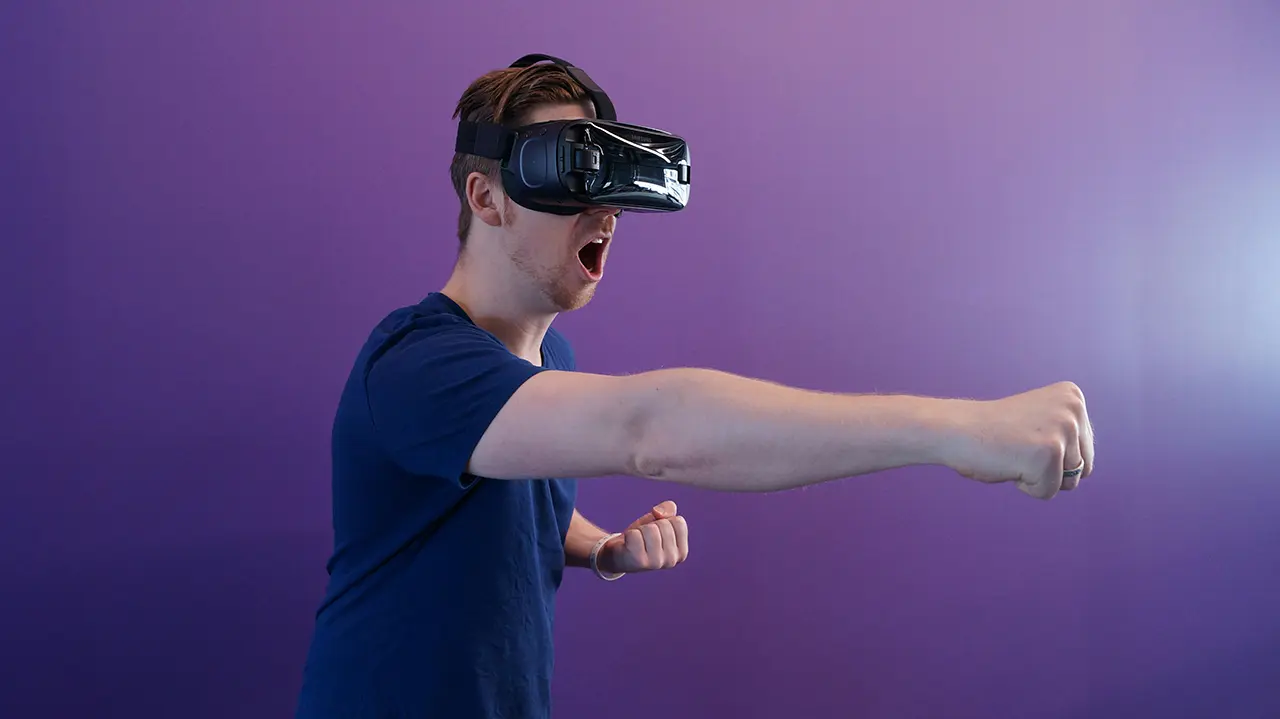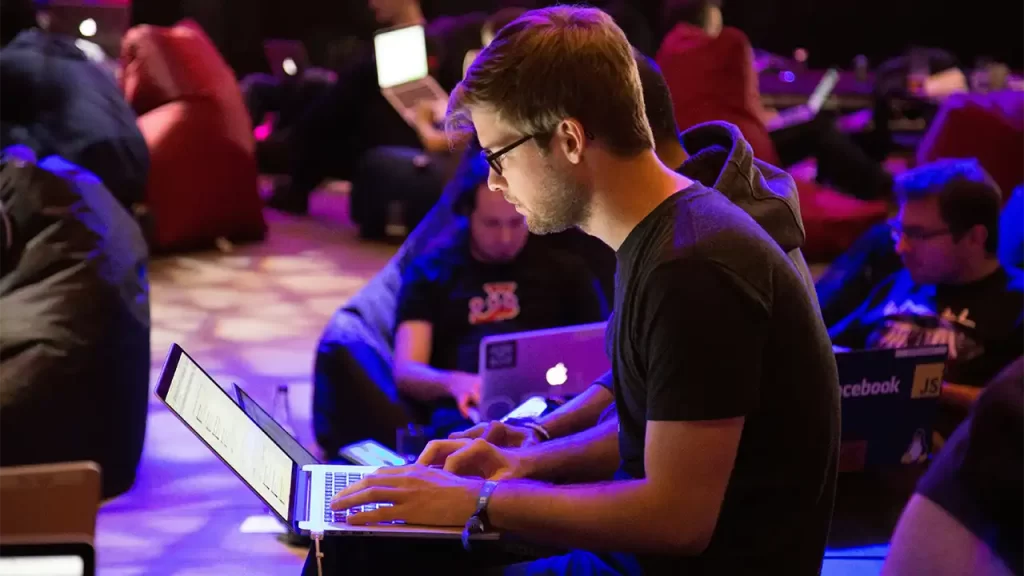Immersive Worlds: The Rise of Virtual Reality

Virtual reality (VR) has long been the stuff of science fiction, but in recent years, it has leapt into mainstream reality. What was once limited to research labs and specialized gaming setups is now available in living rooms, classrooms, and even corporate offices.
Today’s VR systems offer stunning visual fidelity, responsive motion tracking, and immersive audio, creating experiences that feel convincingly real. Whether it’s stepping into a fantasy game, walking through a virtual museum, or collaborating with colleagues across continents, VR is reshaping how we engage with digital environments.
The appeal of VR lies in its ability to transport users beyond the limitations of screens and keyboards. It creates fully realized 3D worlds where you can look around, interact, and explore as if you were physically present. This opens up endless possibilities—not just for gaming, but also for education, healthcare, architecture, and social interaction. As hardware becomes more compact and affordable, and software ecosystems mature, VR is no longer a niche novelty; it’s becoming a cornerstone of how we work, play, and learn in the digital age.
Breaking Boundaries: VR in Entertainment and Gaming
Entertainment has been one of the most powerful drivers behind VR’s rise. From fully immersive video games that let players step inside the action, to virtual concerts and cinematic experiences, VR is pushing the boundaries of what audiences can experience. Traditional gaming, once limited to flat screens, now transforms into 360-degree adventures where players can physically duck, turn, and interact with the environment. This level of immersion brings a depth of engagement that no other medium can match.

Moreover, the entertainment industry is experimenting with interactive storytelling, where users shape the narrative through their choices and movements within a VR world. This fusion of player agency and cinematic storytelling is giving rise to new genres of media. As the technology matures, we can expect even more realistic environments, enhanced haptic feedback, and richer social multiplayer experiences that blur the lines between reality and the digital realm.
Real-World Applications: Beyond the Headset
While gaming grabs most of the headlines, VR’s impact extends far beyond entertainment. In education, VR is being used to create lifelike simulations for training—from medical procedures to flight simulations—offering hands-on experience without the real-world risks. In healthcare, VR is assisting in pain management, physical rehabilitation, and even mental health treatments, providing patients with engaging therapeutic tools.

ndustries like architecture and engineering use VR to visualize projects before a single brick is laid, allowing teams and clients to explore designs in immersive detail. Even in the workplace, virtual collaboration spaces are emerging, where remote teams can meet and work together in shared virtual offices. These applications show that VR is not just a passing trend, but a transformative tool across multiple sectors.
Great adventures deserve great sound. Choose a VR that amplifies every moment, wherever life takes you.
James Cooper
Looking Ahead: A More Connected Virtual Future
The future of VR points toward a world where virtual and physical experiences blend seamlessly. With the rise of the metaverse, spatial computing, and AI-driven virtual assistants, immersive environments will become more personalized, social, and persistent. As devices become lighter, wireless, and more accessible, VR will no longer be a novelty—it will become a natural extension of how we connect, create, and experience the world.
